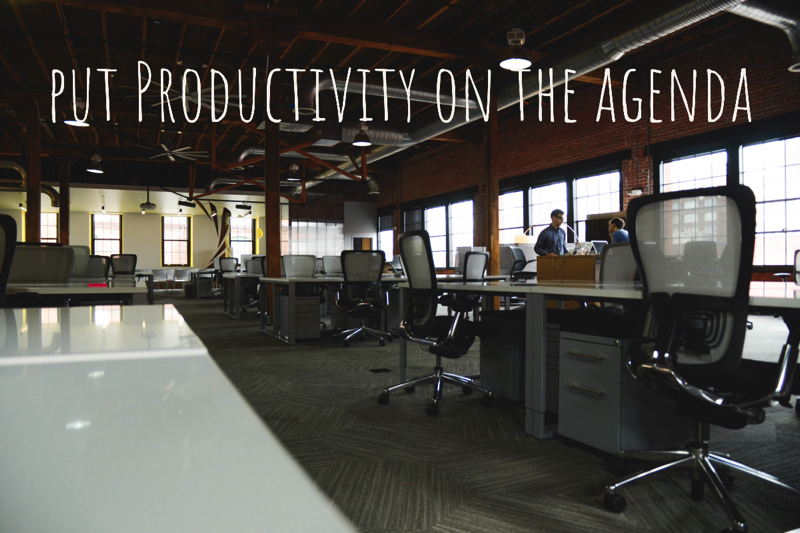
The responsibilities of leadership can be rewarding, but they can also take a toll if you’re not careful. High expectations, constant decision-making, and the demands of managing others can leave you drained. It’s easy to fall into the trap of thinking you have to do it all, but that’s when burnout starts creeping in. Learning how to bounce back when you are leading on empty is essential, not only for your business but for your well-being. In this post I’ll guide you through eight practical steps to regain your energy, focus, and confidence.
Recognising the Signs of Being Stretched Too Thin
Paying attention to the early warning signs of exhaustion is key. Feeling physically fatigued, emotionally flat, or mentally scattered are only the surface-level indicators. Sleepless nights, irritability, and difficulty making decisions might signal that your energy reserves are running dangerously low. By acknowledging these early signs, you can take proactive steps before burnout fully sets in. Leaders often pride themselves on their resilience, but bravery also lies in admitting when you need to pause.
This self-awareness doesn’t imply weakness but rather a strong sense of responsibility to yourself and those you lead. By addressing these signs, you gain clarity as to what’s wearing you down and can begin to shift your approach. Whether it’s an overpacked schedule or overextending your mental capacity, noticing the signs gives you a starting point to begin replenishing.
Rebuilding Through Rest and Recovery
Rest is not a luxury; it’s a necessity. Neglecting rest can quickly diminish your ability to lead effectively. Purposefully carving out time for restorative activities allows your body and mind to reset. Whether it’s a short nap, a weekend staycation, or an uninterrupted day off, scheduling downtime is crucial. Overworking often leads to diminishing returns, making it harder to accomplish tasks that once felt simple.
Engaging in activities that genuinely recharge you is equally important. Rest doesn’t always mean vegetating on the couch; it might involve walking in nature, practising yoga, or having a tech-free evening. These moments of recovery have a trickle-down effect, improving your focus, mood, and problem-solving abilities. Remember, prioritising rest sets an example for those you lead, showing that balance is achievable.
Delegating Without Guilt
Strong leaders delegate wisely. While it might feel easier to complete tasks on your own, doing so can result in unnecessary stress. Sharing responsibilities allows you to focus on big-picture strategies rather than day-to-day minutiae. Trusting your team with important tasks not only frees up valuable time but also empowers them to grow and take ownership of their roles.
Delegation doesn’t mean dodging responsibility; it’s a sign that you trust your team’s abilities. Of course, that trust can be challenging to build. A newly promoted audit manager, for example, may feel anxious about delegating when compliance and financial integrity are on the line, knowing that training someone to meet high standards takes time. Similarly, a salon owner might delegate certain duties, yet retain some tasks. Properly cleaning and caring for the salon’s chairs still demands personal oversight. Many leaders feel this pressure to stay across every detail of their business. But the truth is, handing off what you can creates space. It lightens your load and frees you to focus on the work that matters most.
Prioritising What Truly Matters
Aligning your time with your values and long-term goals helps declutter your daily schedule. Some tasks might seem urgent but lack true significance when you examine them closely. By identifying what matters most, you can eliminate or defer non-essential obligations. This prioritisation clears space for deep focus on work that significantly impacts your team and organisation. A 90-day planner can help to set goals and prioritise their importance daily.
Saying “no” or diverting energy from low-priority tasks might feel uncomfortable at first, but it’s a powerful practice. Your role as a leader becomes more meaningful when you effectively channel your energy. By shifting your mindset to concentrate on what has lasting value, you create room to thrive rather than just survive.
Building a Support Network
No one said leadership was a solo venture. Cultivating a trusted network of mentors, peers, and friends is invaluable when you’re running on empty. Fellow leaders or colleagues in similar positions can provide insights into how they handle struggles and share perspectives that expand your own. Simply having a confidant to listen when the workload feels insurmountable can be healing.
These connections aren’t just for sharing struggles but for sharing victories and strategies too. Surrounding yourself with positive relationships boosts not only your mood but also your resourcefulness. Leaning on others is a strength, not a weakness, and it’s one that opens the door to collaboration and innovation.
Setting and Protecting Boundaries
Establishing healthy boundaries isn’t just about work-life balance; it’s about protecting your energy. Creating designated times when you’re “off the clock”, mentally and physically, is essential for sustainability. Responding to emails during dinner or taking late-night calls may feel productive, but it corrodes the separation between work and personal time.
Communicating these boundaries clearly to your team and stakeholders is just as critical as setting them. When others respect your limits, it prevents burnout by ensuring you have time to refresh. Consistently honouring these boundaries not only brings relief but ensures you show up as your best self, day after day.
Practising Mindful Leadership
Pausing to reflect and align with your purpose can help refocus your energy as a leader. Mindful practices such as journaling, meditation, or simply taking deep breaths before meetings can calm racing thoughts. Incorporating these habits creates a sense of stability, helping you handle difficult situations with clarity and composure.
A leader immersed in mindfulness sets a tone within the organisation. Staying present, actively listening, and responding intentionally all stem from conscious awareness. When you regularly ground yourself, you cultivate a workplace atmosphere of calm and focus, reducing stress for both you and your team.
Taking Ownership of Self-Care
Your well-being is the foundation of your leadership. Regular physical exercise, proper nutrition, and consistent sleep habits are not optional if you want to operate at your best. Skipping meals or relying on caffeine to power through will only take a toll over time. Incorporating acts of self-care into your routine ensures both stamina and mental clarity.
Self-care isn’t selfish. It’s essential. When you prioritise your health, you’re also honouring your professional responsibilities. An energised leader can inspire and motivate better than someone operating on fumes. Think of it as a way to give yourself the fuel you need to lead with intention.
Reclaiming Your Vitality and Focus
When your plate is overflowing, leadership can feel like an endless uphill climb. However, learning how to bounce back when you are leading on empty makes the impossible feel manageable again. By recognising your limits, cultivating rest, and leaning on a support system, you can build a sustainable leadership approach that benefits your team and yourself.
Resilience doesn’t mean never falling. It means rising after a fall and learning how to carry on with renewed energy. When you prioritise self-care, boundaries, and mindful decision-making, you create the space to reclaim control, focus, and enthusiasm.










